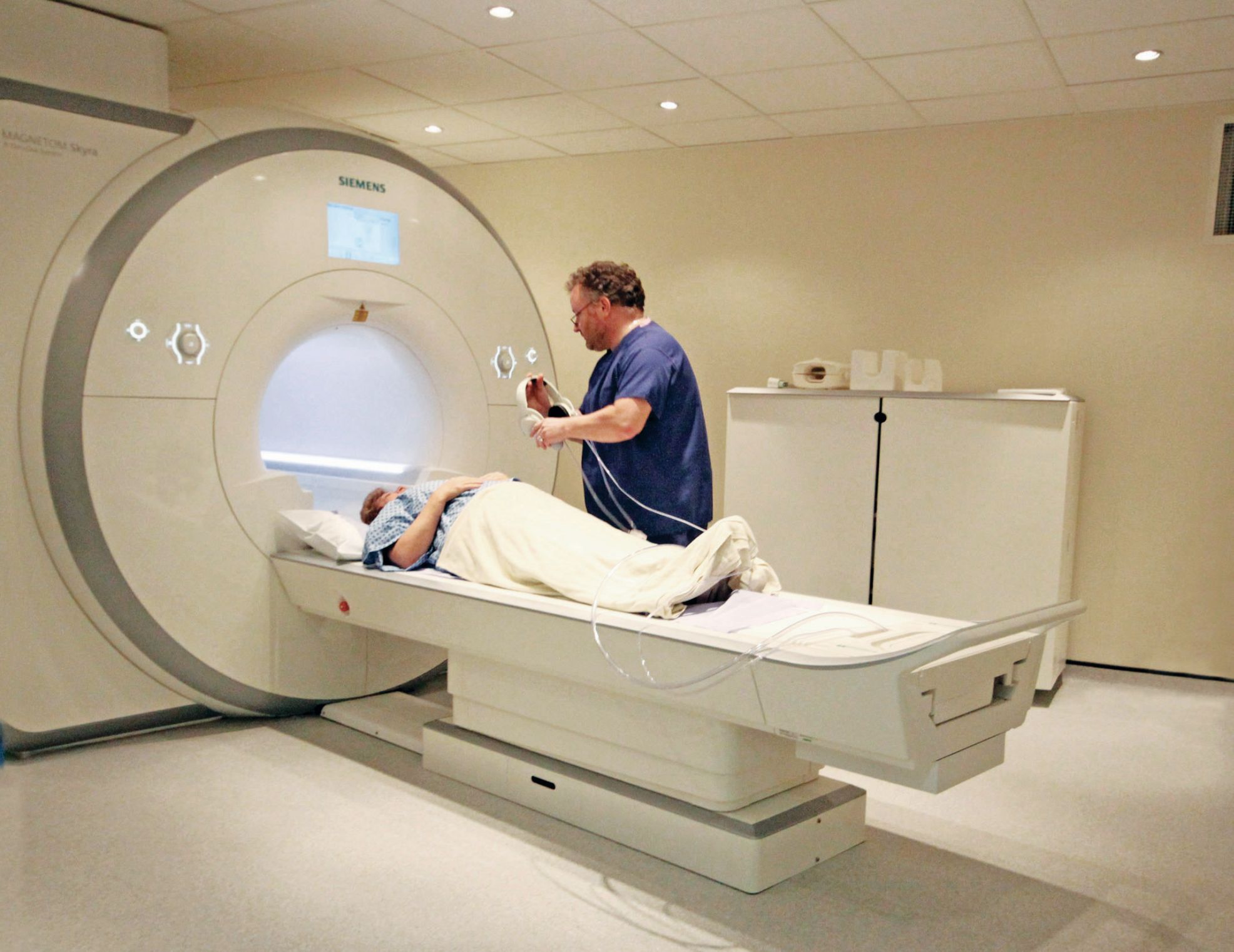Magnetic Resonance Imaging (MRI) is a pivotal diagnostic tool in modern medicine, renowned for its unparalleled ability to visualize soft tissues within the human body. One of the most critical aspects of MRI technology is its magnetic field strength, a key determinant of image quality and diagnostic efficacy. This article delves into the intricacies of MRI magnetic fields, elucidating their strengths, types, and implications for both patients and healthcare professionals.
At the heart of MRI technology lies the concept of magnetic field strength, which is measured in Tesla (T). The magnetic field strength in clinical MRI systems typically ranges from 0.2 T to 3.0 T, with specialized research systems reaching strengths of up to 7.0 T and beyond. The most common MRI machines in hospitals are those operating at 1.5 T and 3.0 T, with the latter offering enhanced resolution and improved signal-to-noise ratios.
Understanding Tesla: The Unit of Measurement
Tesla is a derived unit of magnetic flux density in the International System of Units (SI). Named after the inventor Nikola Tesla, one Tesla represents a magnetic field that exerts a force of one newton on a one-meter-long conductive wire carrying a current of one ampere. To comprehend the strength of MRI magnets in practical terms, consider the following comparisons: Earth’s magnetic field is approximately 0.00005 T, while a small refrigerator magnet is around 0.001 T. In contrast, an MRI machine operates at magnetic field strengths that are many orders of magnitude greater, demonstrating the incredible power harnessed in these devices.
Types of MRI Machines and Their Magnetic Strengths
MRI machines are distinct not only in terms of their magnetic strength but also in their design. The primary classifications include open and closed MRI systems. Closed MRI machines are the more traditional models; they feature a uniform magnetic field and are predominantly used for high-resolution imaging. These devices usually have magnet strengths of 1.5 T or 3.0 T. Conversely, open MRI machines are designed for patient comfort, allowing for a less claustrophobic experience. However, their magnetic field strength typically ranges from 0.2 T to 1.2 T, resulting in lower image quality. The trade-off here underscores the balance between patient comfort and diagnostic precision.
Implications of Magnetic Field Strength
The strength of the magnetic field in an MRI machine directly influences various aspects of the imaging process. For one, higher magnetic fields yield a greater signal-to-noise ratio, which in turn enhances the clarity and detail of the images produced. This is particularly advantageous when imaging complex structures such as the brain or spinal cord, where subtle pathologies can be easily overlooked in lower-quality images. Additionally, high-field MRI systems facilitate faster scanning times due to improved signal acquisition, which, in turn, reduces the duration of patient discomfort during the examination.
However, it is paramount to consider that greater magnetic field strengths come with potential risks and challenges. Patients with implanted medical devices, such as pacemakers or certain types of stents, may face contraindications for higher field MRI scans due to the risk of device malfunction or movement. Furthermore, the benefits of increased resolution must be weighed against the increased sensitivity to patient motion. Even slight movements can lead to artifacts in high-field MRI images, complicating diagnostic interpretations.
Safety Considerations
Safety protocols surrounding MRI use are stringent, primarily due to the intense magnetic fields generated. Patients undergoing an MRI must be screened meticulously for ferromagnetic implants or other contraindications. The strong magnetic field can attract ferromagnetic objects, leading to potential hazards in the MRI suite. Additionally, the phenomenon known as projectile effect can pose a severe risk if metallic objects are inadvertently brought into proximity with the MRI machine. As such, comprehensive safety assessments and strictly enforced protocols are essential to mitigate these risks.
Future Directions in MRI Technology
As advancements in technology continue to evolve, the field of MRI is poised for transformative developments. Researchers are investigating the potential of ultra-high field MRI, typically above 7.0 T, which could yield unprecedented imaging capabilities and insights into previously inaccessible physiological and pathological processes. Furthermore, innovations in software and artificial intelligence are enhancing image reconstruction techniques, allowing for faster and more accurate diagnostics across diverse medical disciplines.
In conclusion, the strength of the magnetic field in MRI machines is a fundamental aspect influencing the quality, safety, and efficacy of diagnostic imaging. Understanding the balance of magnetic strength, patient comfort, and safety considerations is critical for healthcare providers and patients alike as they navigate the complexities of modern medical imaging. The horizon is promising, with future advancements potentially revolutionizing the MRI landscape and enhancing our understanding of human health and disease. Through continued research, the full potential of MRI technology will undoubtedly be explored, making significant strides in medical diagnostics and patient care.












